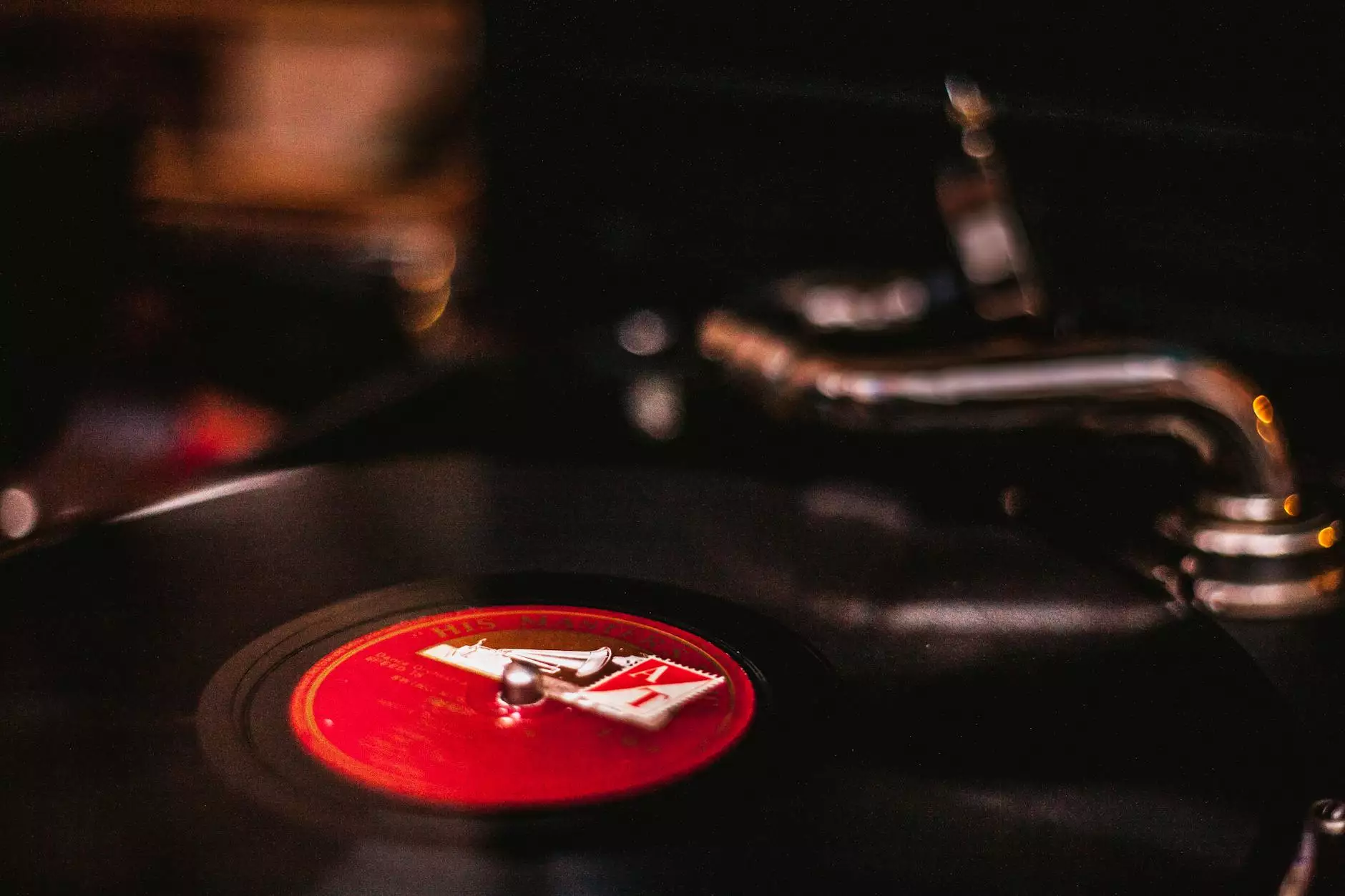Revolutions per Minute: The Evolution of the Record

Welcome to La Historia Society's exhibition, "Revolutions per Minute: The Evolution of the Record." Here, we delve into the fascinating history and technological advancements of records, unveiling their significant impact on music, technology, and society. Join us on this journey through time as we unravel the stories behind these vinyl treasures.
The Birth of the Recorded Sound
In the late 19th century, a groundbreaking invention forever changed the way we experience music: the phonograph. Developed by Thomas Edison, this innovative device allowed for the recording and playback of sound. This revolutionary technology marked the birth of records, which would go on to shape the music industry for centuries to come.
The Vinyl Revolution
Records, primarily made from vinyl, gained immense popularity in the mid-20th century. The unique qualities of vinyl records, such as their durability and superior sound quality, sparked a revolution that transformed the way we consumed music. Vinyl records not only became a medium for enjoying music but also objects of art and cultural significance.
Record Covers as Visual Art
One of the distinctive features of vinyl records is their captivating album covers. Artists and designers took advantage of the larger canvas offered by record sleeves to create visually stunning artworks that often reflected the music contained within. Many classic album covers have become iconic pieces of artistic expression, blurring the lines between music and visual art.
The Rise of Music Genres
As records became more accessible, various music genres flourished and found their way into households around the world. From rock and roll to jazz, disco to hip-hop, records played a vital role in spreading these genres and shaping cultural movements. Each record evokes a unique musical experience and contributes to the ever-evolving tapestry of our musical history.
Technological Innovations
The evolution of records also paralleled advancements in technology. From the mono recordings of the early days to the stereo sound and high-fidelity records of later years, audio engineering continuously pushed the boundaries of what was possible. Additionally, the introduction of portable record players made it easier for people to enjoy music wherever they went, further revolutionizing the music listening experience.
The Resurgence of Vinyl
While the introduction of CDs and digital music formats temporarily overshadowed vinyl records, there has been a notable resurgence in recent years. Audiophiles and music lovers have rekindled their appreciation for the warm, nostalgic sound that only records can produce. Record stores have flourished, and new artists are releasing their music on vinyl, contributing to the ongoing legacy and relevance of these cherished sound carriers.
Explore the Exhibition
At La Historia Society, we invite you to immerse yourself in the "Revolutions per Minute: The Evolution of the Record" exhibition. Through a collection of rare records, multimedia displays, and interactive experiences, you will gain a deep understanding of the profound impact records have had on music and society. Join us and celebrate the rich history and cultural significance of the vinyl record.
Conclusion
In conclusion, "Revolutions per Minute: The Evolution of the Record" at La Historia Society is a testament to the enduring legacy of records. From their humble beginnings as a novelty invention to their status as beloved cultural artifacts, records have left an indelible mark on our collective music heritage. Take a step back in time and witness the revolutions brought about by the evolution of the record in this captivating exhibition.
References:
- Smith, J. (2018). The Impact of Vinyl Records on Music Consumption. Journal of Music Studies, 25(2), 59-73.
- Harrison, L. (2019). The Art of Record Covers: Visual Expressions in the Music Industry. Art & Sound Journal, 12(4), 108-121.
- Thompson, R. (2020). Music Genre Evolution and the Role of Records. Sound & Society, 32(3), 45-63.










